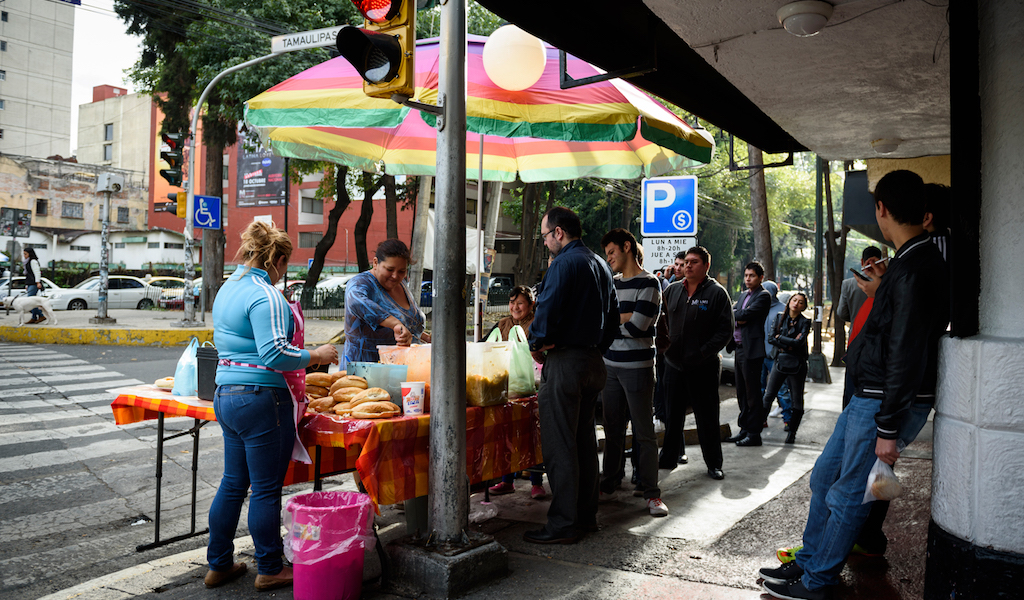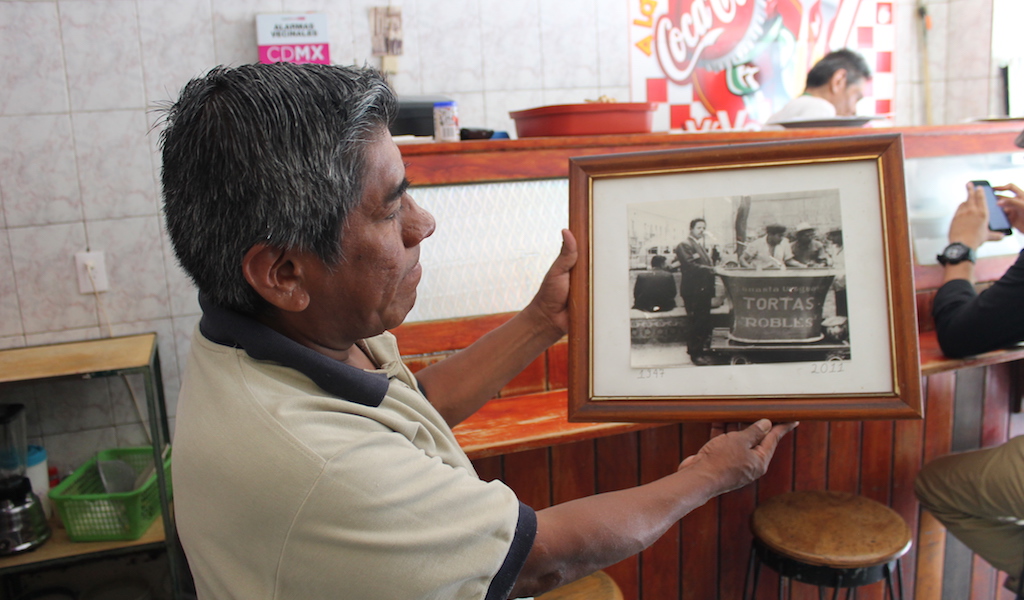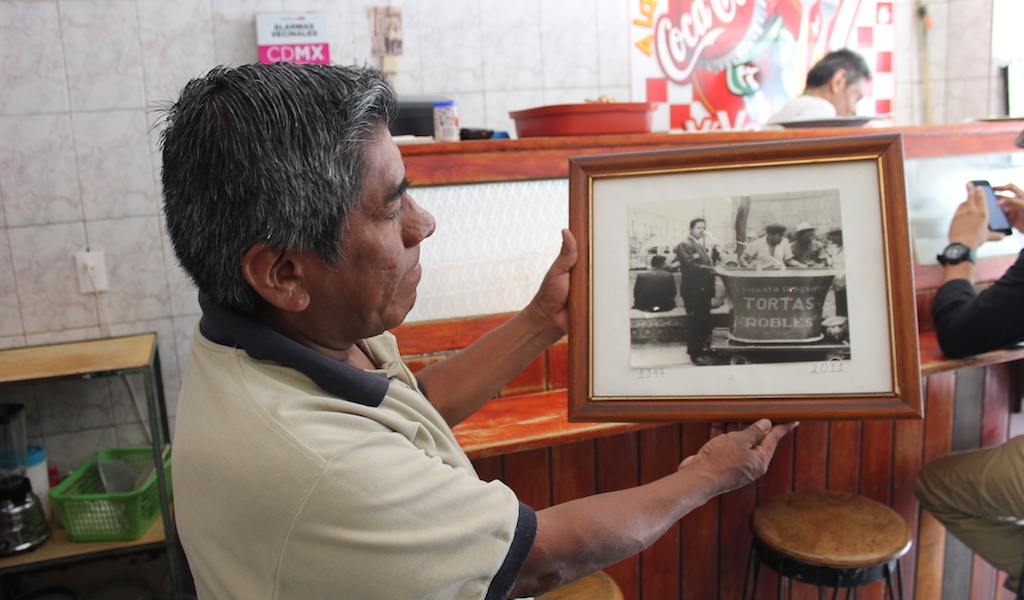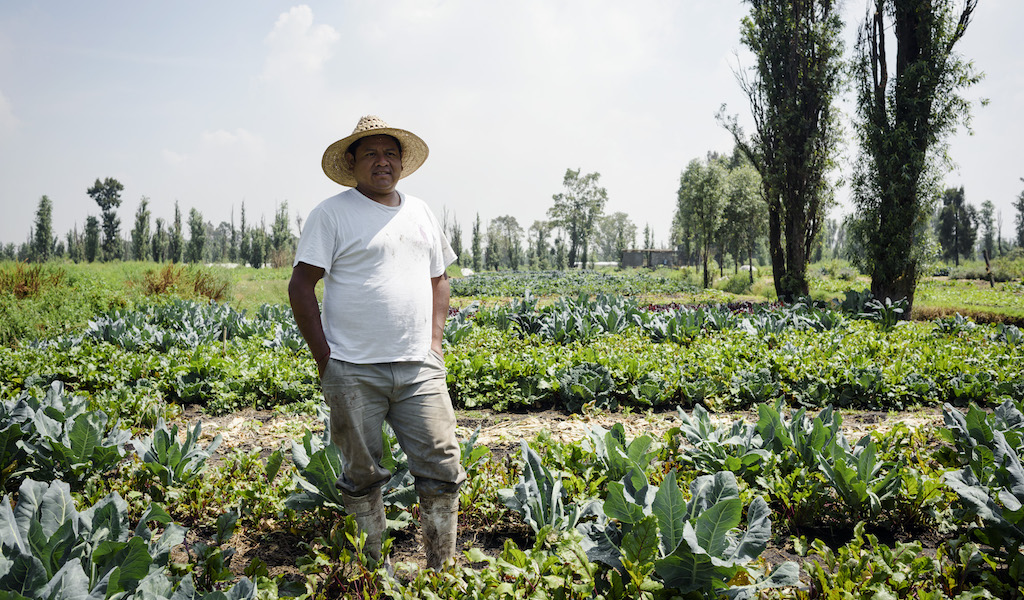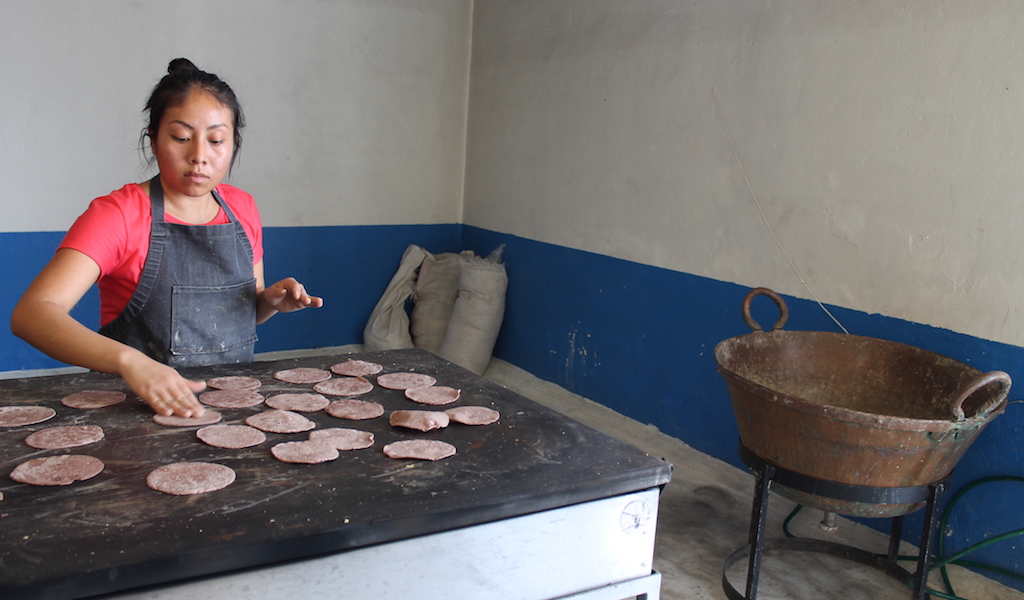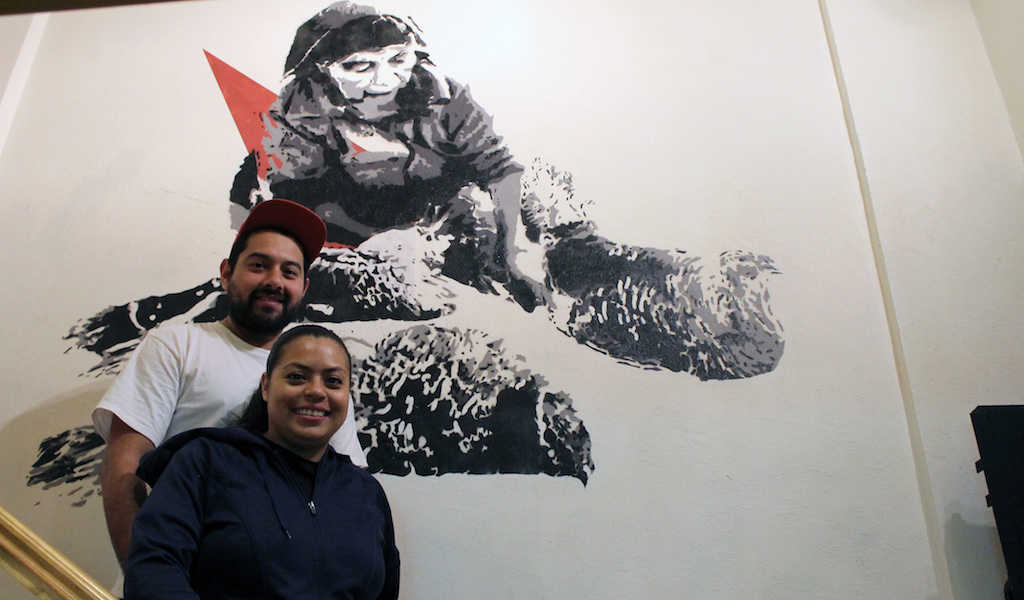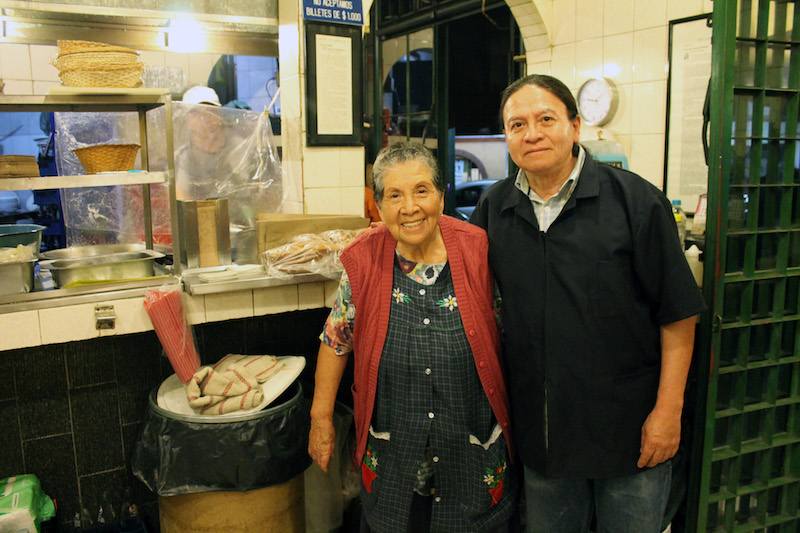We can't find the internet
Attempting to reconnect
Something went wrong!
Hang in there while we get back on track
Search results for "Martha Pskowski"
Mexico City
Mexico City: State of the Stomach
On a recent weekend evening, we came across two young men fanning the flames of a small charcoal stove on the side of the road near Mercado San Juan in the Centro Histórico neighborhood of Mexico City. They were making tlayudas, the signature Oaxacan dish, and already had a pair of traffic cops waiting in line. The smell of melting cheese and fresh tasajo, dried, smoked beef, was enough to convince us to join the queue. A tlayuda is a wide, crunchy tortilla filled with meat, cheese and beans. The young men had brought the ingredients fresh from their hometown in Oaxaca’s Sierra Norte. Combining Oaxacan cheese; chewy, salty tasajo; avocado; and a thick layer of mashed beans, the tlayuda was simple and delicious.
Read moreMexico City
Best Bites 2018: Mexico City
The memory of 2017’s devastating earthquake still lingers in the minds of many in Mexico City, but perhaps the biggest challenge the city faced in 2018 was gentrification. Ambitious development initiatives have resulted in safer neighborhoods; however, the cost of real estate has soared, leaving many long-term residents and business owners at risk for eviction, particularly in the Historic Center. Yet chilangos are showing their support for their favorite culinary institutions that are feeling the crunch. Likewise, our DF correspondents revisited some old favorites in 2018, as well as branching out into uncharted territory.
Read moreMexico City
Tortas Robles: A Sandwich For the Pueblo
The Robles family has sold tortas in downtown Mexico City for over 70 years, earning generations of devoted customers. But this year could be its last. Their story begins in 1940s Mexico City, at the intersection of Doctor Mora and Juárez Avenue, the southwestern corner of the Alameda Central. Diego Rivera immortalized the famous park, the first of its kind in Mexico City, in a 1947 mural, imagining over 100 seminal figures from Mexican history strolling through the grounds. On a sunny summer morning at Tortas Robles in Centro Histórico, Guadalupe Robles points to a photograph from that same year, 1947. The photo captures her father, Alejandro Robles, leaning over the cart from which he sold tortas.
Read moreMexico City
Xochimilco: Keeping Mexico City’s Agricultural Treasure Afloat
A few intrepid trajinera (gondola) operators sit along the Cuemanco Dock, waiting for tourists to take through the canals. We’re in Xochimilco, the southern-most borough of Mexico City. It’s a popular weekend destination for trajinera rides, when entire extended families float along the canals, drinking micheladas (beer cocktails) and eating elotes (grilled whole corn cobs) sold off canoes. But this weekday morning is quiet. As the morning fog burns off, we set out on a green, motorized trajinera into Xochimilco’s Natural Protected Area. Before it was a preferred weekend getaway for chilangos, Xochimilco was the agricultural heart of the Aztec capital Tenochtitlan. Our destination is a chinampa, a man-made agricultural plot that “floats” on the city’s shallow lakebeds.
Read moreMexico City
Corn Again: An Heirloom Tortilla Revival in Mexico City
“People think it’s a bad thing to be a tortilla-maker,” says Santiago Muñoz. “That’s the mentality we have to change. It should be a point of pride.” Santiago, 25, has spread out two dozen corn cobs, called mazorcas, on the table at the Mexico City warehouse of Maizajo, an heirloom corn tortilla company. The kernels are varied in shape and color: reds, yellows, blues, purples; some narrow, others wide. The diversity of the mazorcas on the table represents the ancestral knowledge of Mexican corn farmers around the country. Each variety comes with a story: that of the town and producer where Muñoz or one of his colleagues sourced it. Santiago points out the different uses for each variety of corn, including pozolero for pozole, and palomero for popcorn.
Read moreMexico City
Comixcal: Deeply Oaxacan
“There are two Oaxacan foods – what is served for tourists, and what people really eat,” says Marahí López, the chef at Comixcal, an Oaxacan restaurant in Mexico City’s Santa Maria La Ribera neighborhood. “There is a way that Oaxacan food is sold that is totally detached from the way we eat it in Oaxaca.” López knows of what she speaks, hailing from Juchitán, the culinary and cultural capital of the Isthmus of Tehuantepec, Oaxaca. She met Alexis Jiménez, who is from the Central Valleys surrounding Oaxaca City, while both were attending university in Mexico City. López and Jiménez teamed up to establish Comixcal in June 2016, after receiving degrees in Gastronomy and Anthropology, respectively.
Read moreMexico City
Merendero Biarritz: (Real) Chicken Soup For The Soul
“My mother had many celebrity customers,” says Luis Enrique Mejía Rosales, the son of Merendero Biarritz’s founder, Esther Rosales. “When they were opening the storefront, the famous [Mexican] bull-fighter Luis Procuna came up to my mother and said, ‘Call it Biarritz!’ He had come back from a tour in Europe and had fallen in love with a woman in Biarritz.” So, in 1956, when the family opened a storefront on Doctor Velasco Street, they called it Merendero Biarritz. Merendero, because they sold “meriendas,” nighttime snacks. The restaurant’s founder, Esther, now 82, arrived in Mexico City from the near-by state of Morelos in 1950, when she was just 15 years old. She started working at a food stand that sold chicken soup and tacos dorados, fried tacos, along Cuauhtémoc Avenue in Doctores.
Read more